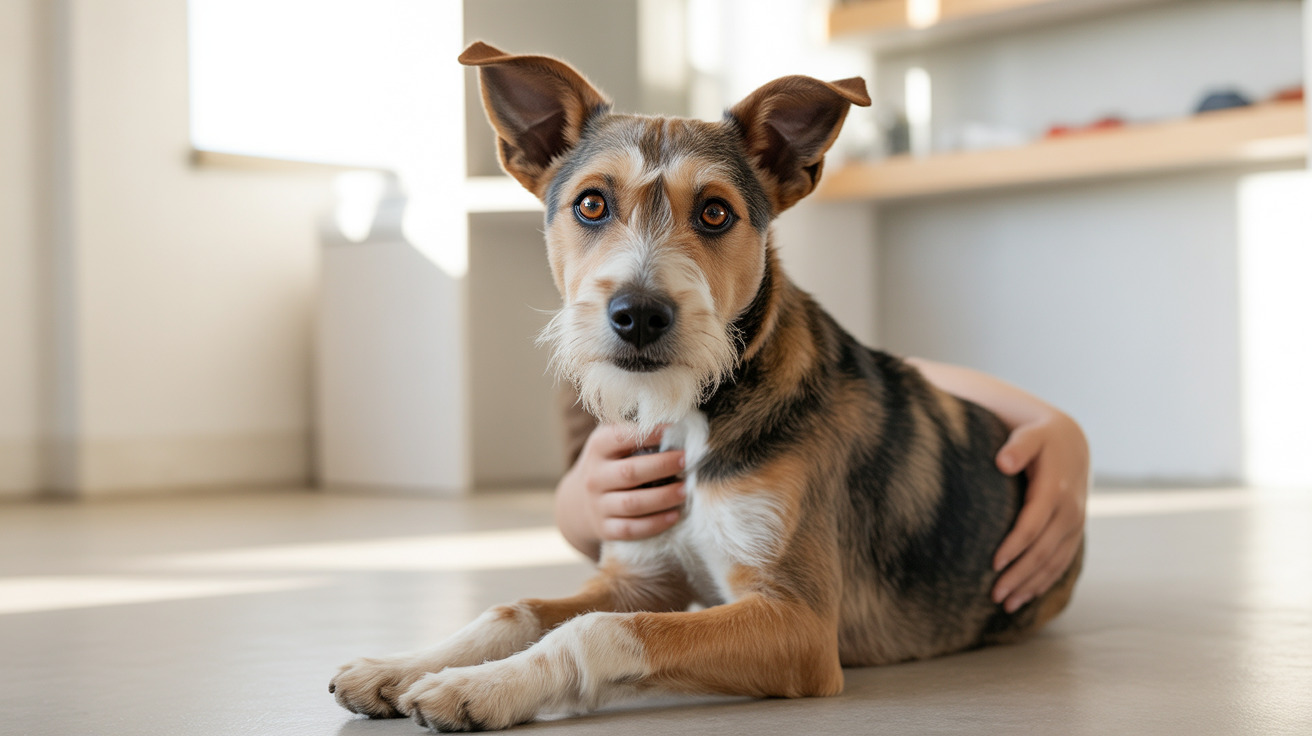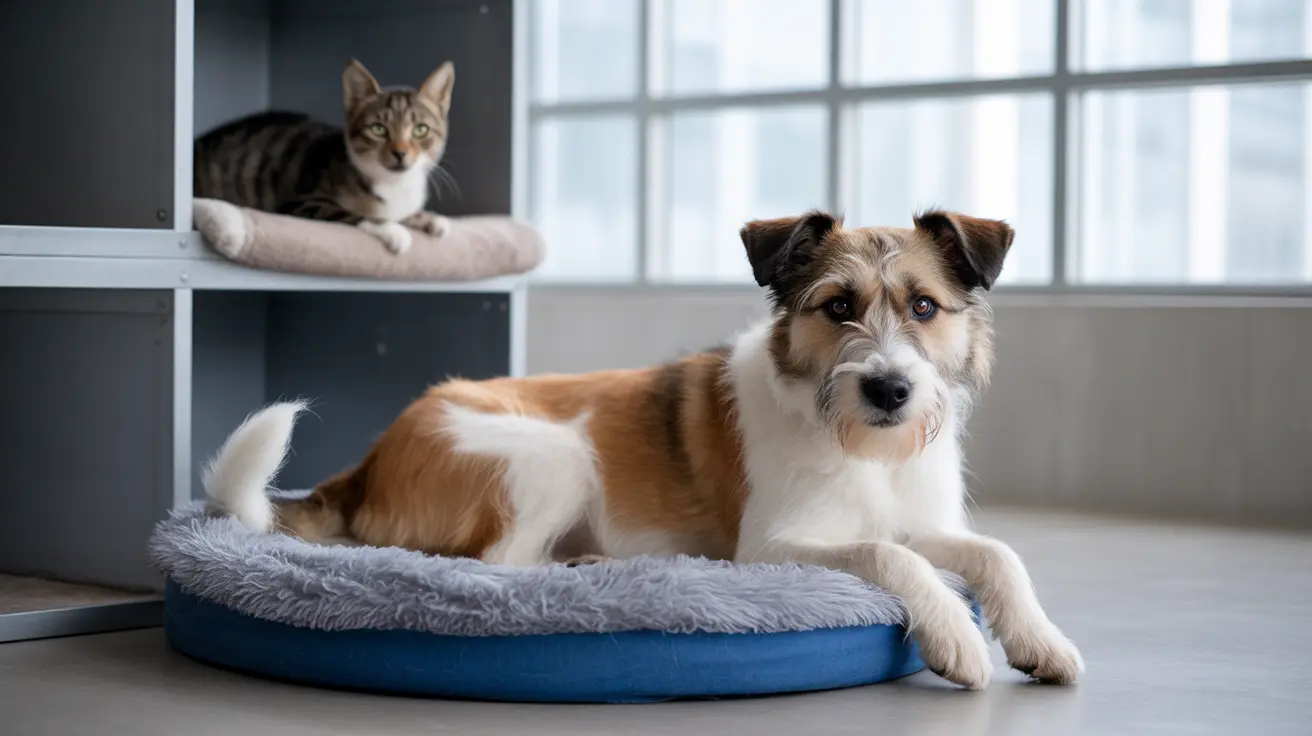What is Malassezia Pachydermatis?
Malassezia pachydermatis is a naturally occurring yeast species commonly found on dogs' skin and ears. While this organism is typically part of a dog's normal skin flora, certain conditions can lead to its overgrowth, resulting in an uncomfortable condition known as Malassezia dermatitis.
This microscopic organism particularly thrives in warm, moist environments, making certain areas of your dog's body more susceptible to infection. Understanding this common canine condition is crucial for early detection and effective treatment.
Common Signs and Symptoms
Dogs suffering from Malassezia pachydermatis overgrowth typically display several characteristic symptoms:
- Intense itching and scratching
- Greasy or oily skin with a distinctive musty odor
- Reddened, irritated skin
- Hair loss in affected areas
- Dark skin discoloration
- Thick, scaly patches
- Waxy discharge in the ears
These symptoms commonly appear in skin folds, ear canals, paws, and other areas where moisture tends to accumulate.
Risk Factors and Predisposition
Certain dogs are more likely to develop Malassezia dermatitis. Risk factors include:
- Breed predisposition (especially in Basset Hounds, West Highland White Terriers, and Cocker Spaniels)
- Underlying allergies or skin conditions
- Hormonal disorders
- Compromised immune system
- Skin folds and wrinkles
- Humid climate conditions
Diagnosis and Professional Assessment
Veterinarians diagnose Malassezia pachydermatis infections through various methods, including skin cytology, microscopic examination, and clinical evaluation. This professional assessment is crucial for developing an effective treatment plan.
Treatment Options
Topical Treatments
The primary line of defense often involves topical treatments such as:
- Medicated shampoos containing antifungal ingredients
- Antiseptic wipes and sprays
- Specialized ear cleaners
- Topical ointments and creams
Systemic Treatments
In severe cases, your veterinarian may prescribe:
- Oral antifungal medications
- Anti-inflammatory drugs
- Immune system modulators
- Specialized diets
Prevention and Management
Preventing Malassezia overgrowth involves several key strategies:
- Regular grooming and cleaning
- Keeping skin folds dry
- Managing underlying conditions
- Maintaining a strong immune system
- Regular veterinary check-ups
Frequently Asked Questions
What are the symptoms of Malassezia dermatitis in dogs, and how is it diagnosed?
Symptoms include intense itching, greasy skin, musty odor, redness, and skin darkening. Diagnosis is made through skin cytology, microscopic examination, and clinical evaluation by a veterinarian.
How do I treat Malassezia dermatitis in my dog, and what are the most effective topical and oral treatments?
Treatment typically involves medicated shampoos containing antifungal ingredients, topical treatments, and in severe cases, oral antifungal medications. The most effective treatment plan will be determined by your veterinarian based on the severity of the infection.
What are the common causes of Malassezia dermatitis in dogs, and how can I prevent it?
Common causes include allergies, hormonal disorders, moisture trapped in skin folds, and compromised immunity. Prevention involves regular grooming, keeping the skin dry, and managing underlying conditions.
Can Malassezia dermatitis in dogs be treated at home, or do I need veterinary care?
While mild cases might respond to home care with appropriate medicated products, veterinary guidance is essential for proper diagnosis and treatment, especially for chronic or severe cases.
How often should I bathe my dog with Malassezia dermatitis, and what medicated shampoos are recommended?
Bathing frequency typically ranges from twice weekly to every other week, depending on severity. Medicated shampoos containing ingredients like miconazole and chlorhexidine are commonly recommended, but specific frequency and products should be determined by your veterinarian.
Conclusion
While Malassezia pachydermatis is a natural part of your dog's skin flora, managing its overgrowth requires vigilance and proper care. With appropriate treatment and preventive measures, most dogs can find relief from this uncomfortable condition. Always consult with your veterinarian for the most effective treatment plan for your pet's specific situation.






